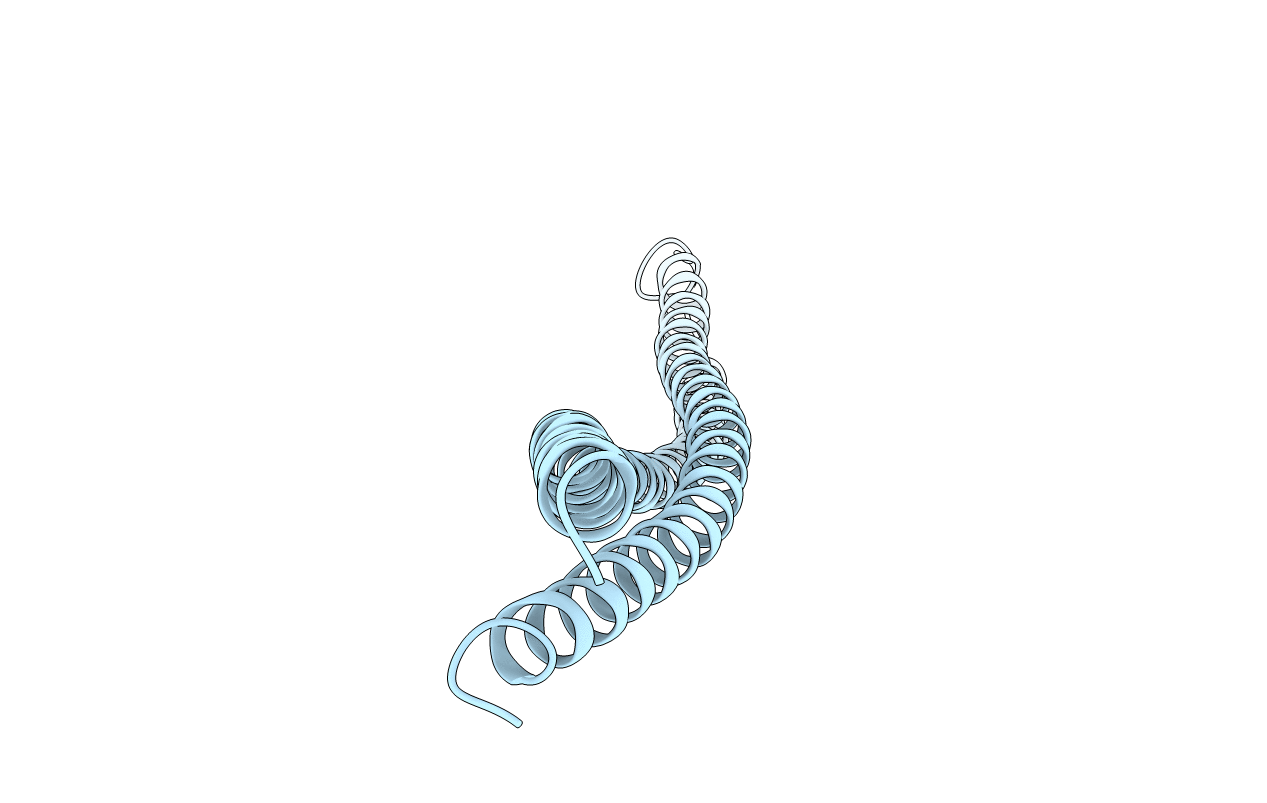
Deposition Date
2017-11-07
Release Date
2018-05-02
Last Version Date
2024-05-08
Entry Detail
PDB ID:
6EWY
Keywords:
Title:
RipA Peptidoglycan hydrolase (Rv1477, Mycobacterium tuberculosis) N-terminal domain
Biological Source:
Source Organism:
Host Organism:
Method Details:
Experimental Method:
Resolution:
2.20 Å
R-Value Free:
0.26
R-Value Work:
0.22
R-Value Observed:
0.23
Space Group:
C 2 2 2


